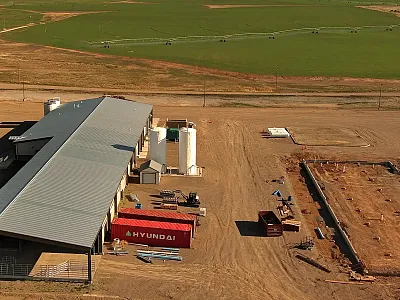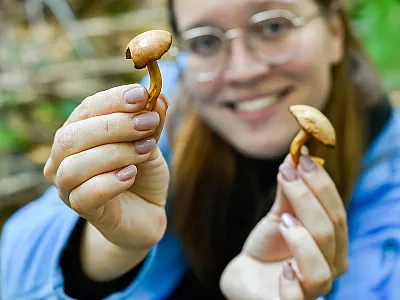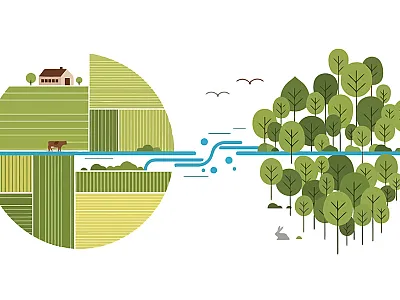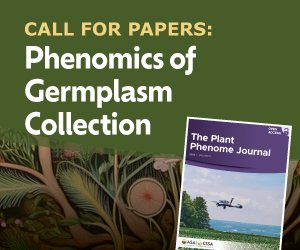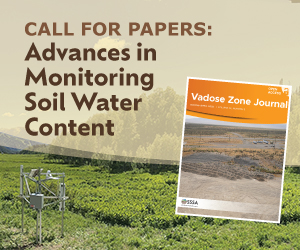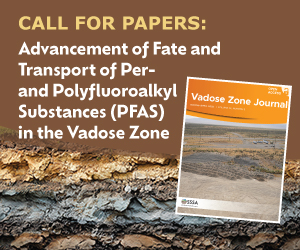Stable Isotopes Track Leaching of Fertilizer Through Deep Soil
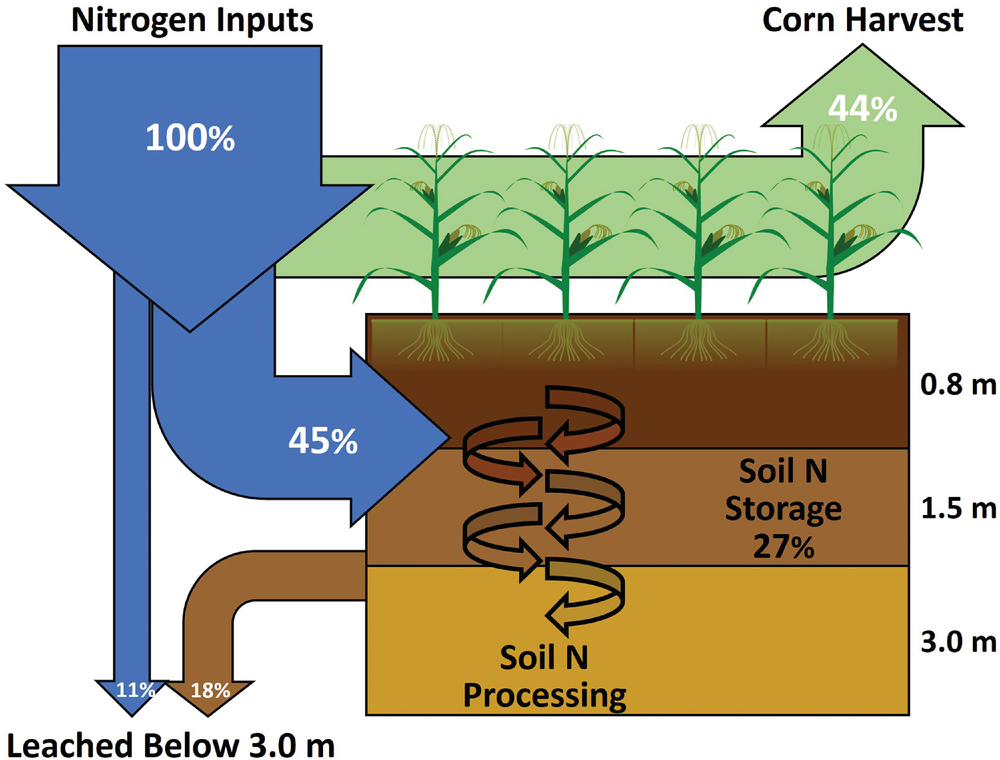
Nitrate contamination of groundwater is a global problem, particularly in agricultural regions where decades of fertilizer nitrogen (N) use has led to accumulation. Linkages between present‐day practices and groundwater nitrate dynamics are often confounded by this legacy N and processes unrelated to current management. Quantifying leaching rates derived from recently applied fertilizer versus legacy N provides insights that could help mitigate groundwater contamination.
Researchers from the USEPA and Oregon State University analyzed natural abundance stable isotopes of water and nitrate at three depths to quantify fertilizer N utilization within an irrigated corn field in the southern Willamette Valley, OR. They consistently observed distinct annual “fertilizer signal periods,” indicating that nearly half of leached nitrate was from recent fertilizer applications moving below 3 m via preferential flow paths.
Adapted from
Weitzman, J. N., Brooks, J. R., Compton, J. E., Faulkner, B. R., Peachey, R. E., Rugh, W. D., Coulombe, R. A., Hatteberg, B., & Hutchins, S. R. (2024). Vadose zone flushing of fertilizer tracked by isotopes of water and nitrate. Vadose Zone Journal, 23, e20324. https://doi.org/10.1002/vzj2.20324
Text © . The authors. CC BY-NC-ND 4.0. Except where otherwise noted, images are subject to copyright. Any reuse without express permission from the copyright owner is prohibited.







